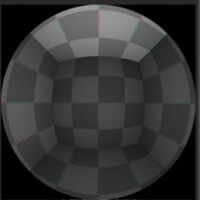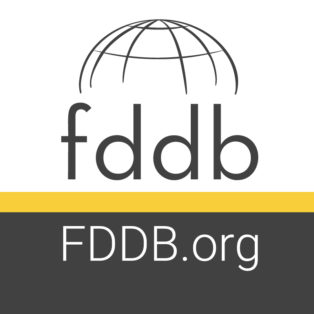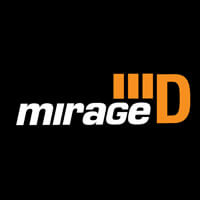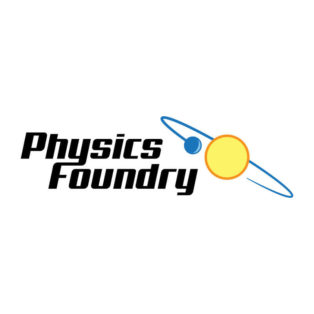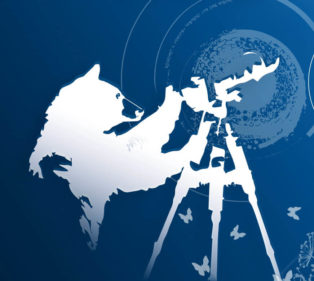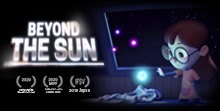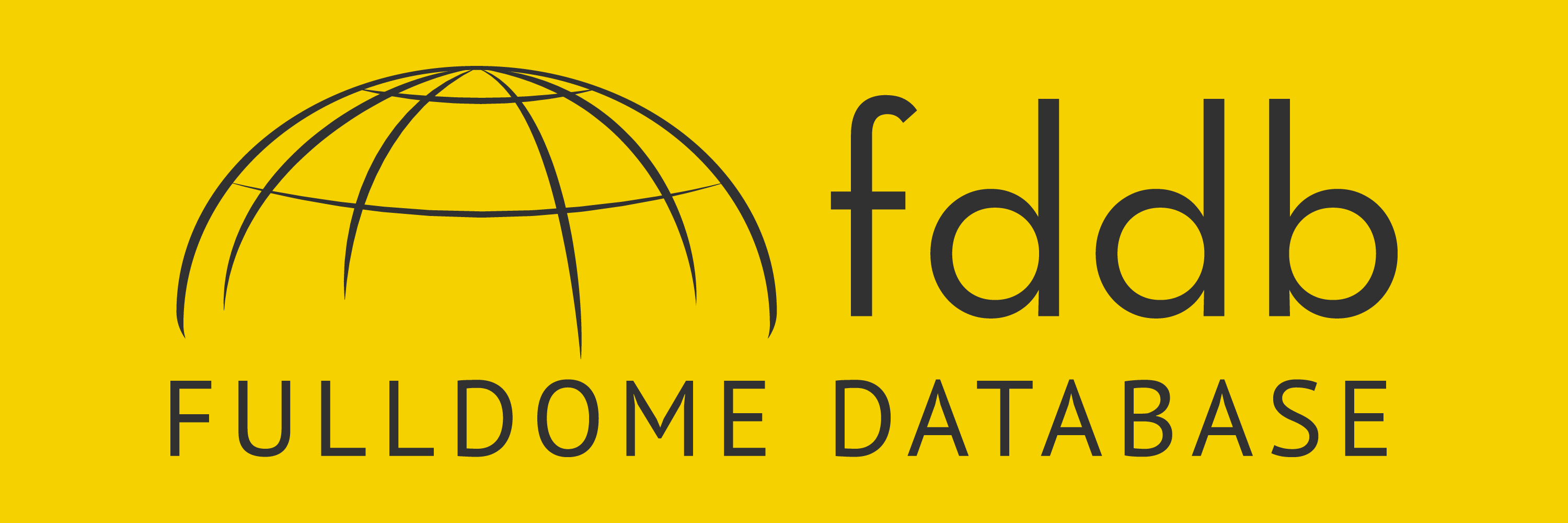Fulldome 3D for Everyone - Part 5 / 5
Maya and Softimage Fulldome Stereo Support
In photography one of the considerations a photographer makes when they shoot an image is the choice of lens. The lens will determine the focal length, the field of view, focus, and exposure of the final image.
Of all the lenses available to a photographer the most specialized lens is the fisheye lens. It creates a unique look that captures a whole environment in a single image.
Often when artists create renderings on the computer they overlook the creative possibilities offered by lens shaders. My interest in compiling the Domemaster3D stereoscopic fulldome shader was to provide artists with tools to simulate a variety of physically accurate fisheye lenses.
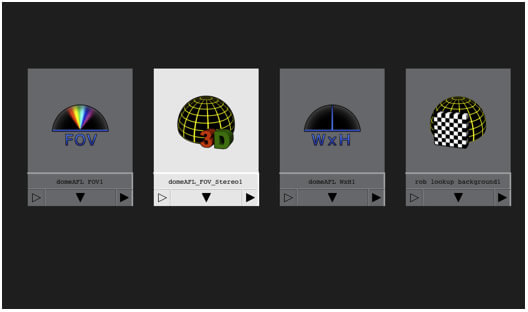
There are four shaders that make up the Domemaster3D fulldome shader collection.
The Maya and Softimage versions of the Domemaster3D fulldome lens shaders work with the integrated stereoscopic camera rigs found in each package. The domeAFL_FOV_Stereo lens shader is connected to the stereo cameras in your scene and is used to render angular fisheye images suitable for projection in a stereoscopic 3D fulldome theater.
The Domemaster3D shader is compatible with mental ray and has been compiled for Maya on Mac OS X, Windows, and Linux, and a Softimage edition of the shader is available for Windows and Linux. The Domemaster3D shader also supports network rendering with mental ray standalone.
Rendering in Autodesk Maya
The Domemaster3D lens shader is compatible with Maya’s native stereo camera rig system. With the stereo camera rig in Maya it is possible to interactively create stereoscopic fulldome renderings in the render view using the anaglyph, luminance anaglyph, parallel freeview, and crossed freeview stereoscopic display modes.
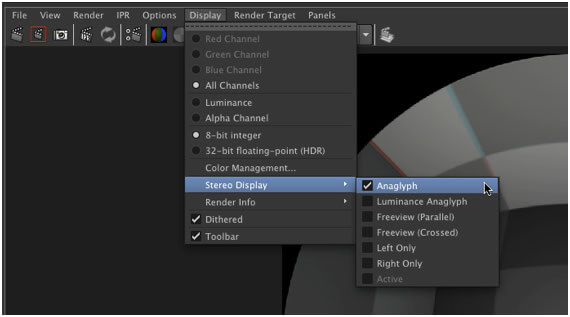
Maya supports 6 different stereoscopic viewing formats in the render view when the mental ray IPR renderer is active.

The Domemaster3D shader for Maya has a custom shelf with presets that simplify fulldome production.
The latest version of the Domemaster3D shader for Maya now includes a set of Python functions that simplify common fulldome production tasks. Now with a single click a stereoscopic fulldome camera rig can be added to the current scene. The Domemaster3D shelf also has the “AutoMagic” tool that creates a test scene with a stereoscopic fulldome camera rig, a simulated fulldome reference grid, and a few test objects.

When the Domemaster3D fulldome shader is used in Autodesk Maya you can view an interactive 3D preview of the final scene. This feature saves artists from having to switch to another program to review their stereoscopic renderings.
Rendering in Autodesk Softimage
The Softimage version of the Domemaster3D shader is configured using the node based render tree. When it is time to render your stereoscopic fulldome scene the Softimage “Render Manager” is used to render the left and right camera views as separate render passes.
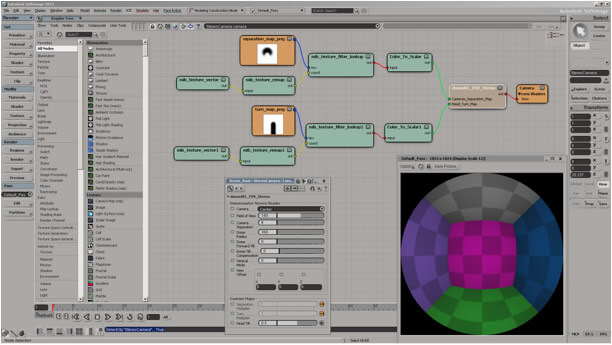
This is the Domemaster3D fulldome shader running in Autodesk Softimage.
The Domemaster3D fulldome lens shader is based upon Roberto Ziche’s Domemaster Stereo shader for 3DS Max. The Domemaster3D shader also includes modified copies of the domeAFL_FOV and domeAFL_WxH shaders by Daniel Ott.
The Domemaster3D fulldome shaders for Maya and Softimage are open source and are available for download from GitHub. For the latest news on the Domemaster3D shaders you can read the fulldome section on my blog.
« Go to Part 4 |
Have you liked this post? Subscribe to FDDB Newsletter
Sign up now, it's free!










